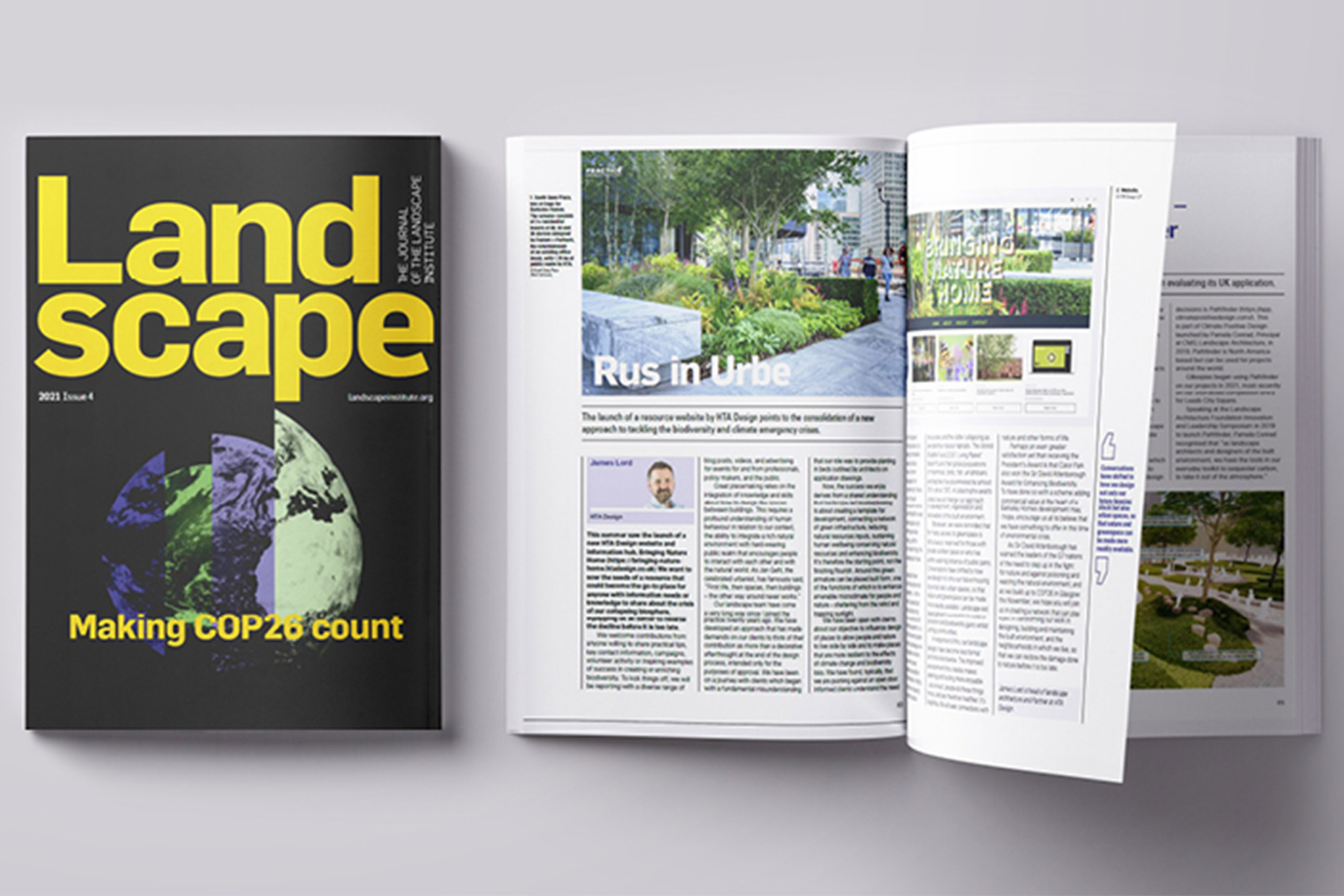Great placemaking relies on the integration of knowledge and skills about how to design the spaces between buildings. This requires a profound understanding of human behaviour in relation to our context, the ability to integrate a rich natural environment with hard-wearing public realm that encourages people to interact with each other and with the natural world. As Jan Gehl, the celebrated urbanist, has famously said, “First life, then spaces, then buildings – the other way around never works.” Our landscape team have come a very long way since I joined the practice twenty years ago.
We have developed an approach that has made demands on our clients to think of their contribution as more than a decorative afterthought at the end of the design process, intended only for the purposes of approval. We have been on a journey with clients which began with a fundamental misunderstanding that our role was to provide planting in beds outlined by architects on application drawings. Now, the success we enjoy derives from a shared understanding that landscape-led masterplanning is about creating a template for development, connecting a network of green infrastructure, reducing natural resources inputs, sustaining human wellbeing conserving natural resources and enhancing biodiversity.
It’s therefore the starting point, not the finishing flourish. Around this green armature can be placed built form, one of the functions of which is to enhance amenable microclimate for people and nature – sheltering from the wind and trapping sunlight. We have been open with clients about our objective to influence design of places to allow people and nature to live side by side and to make places that are more resilient to the effects of climate change and biodiversity loss. We have found, typically, that we are pushing against an open door.
Read full article here: https://issuu.com/landscape-institute/docs/li_journal_4_cop_edition

